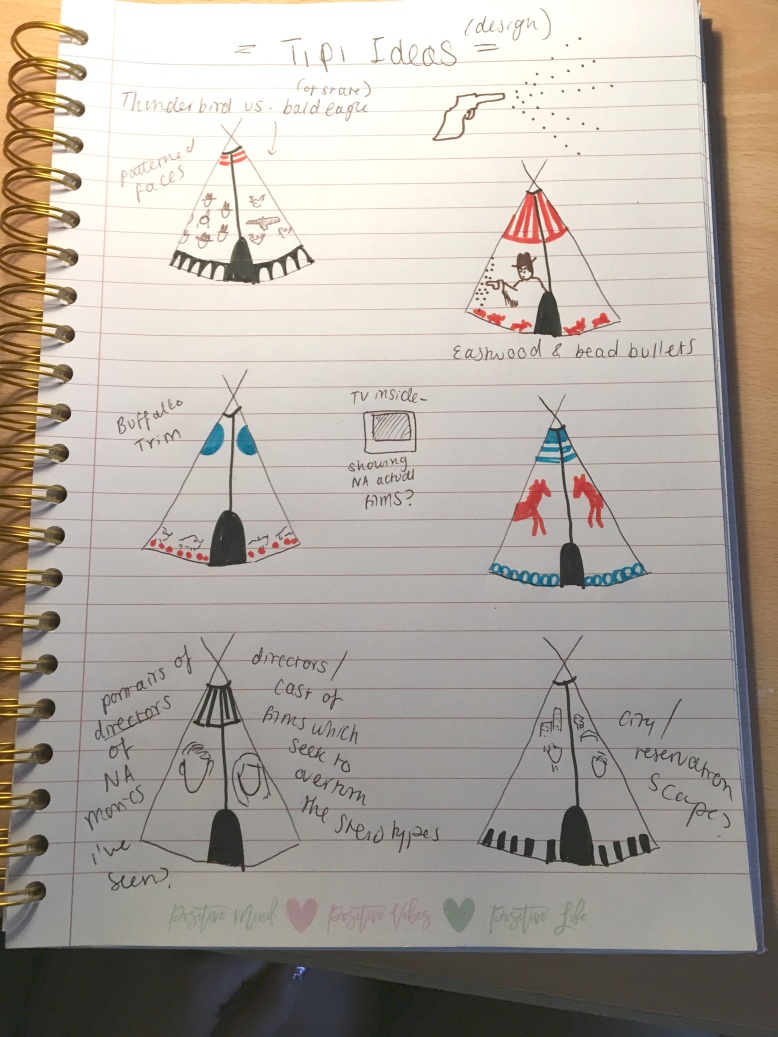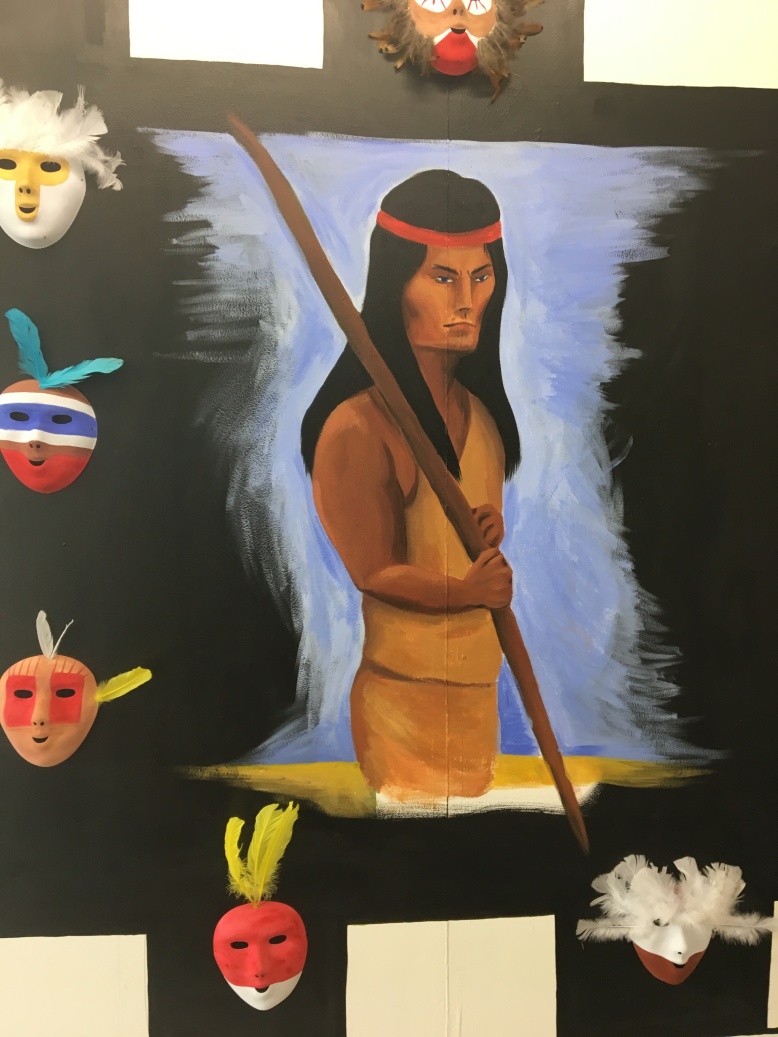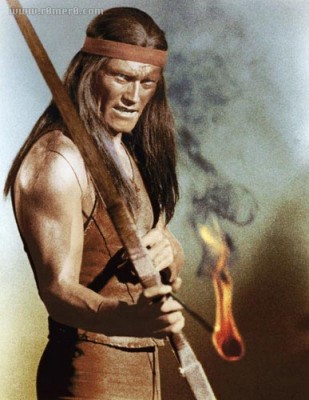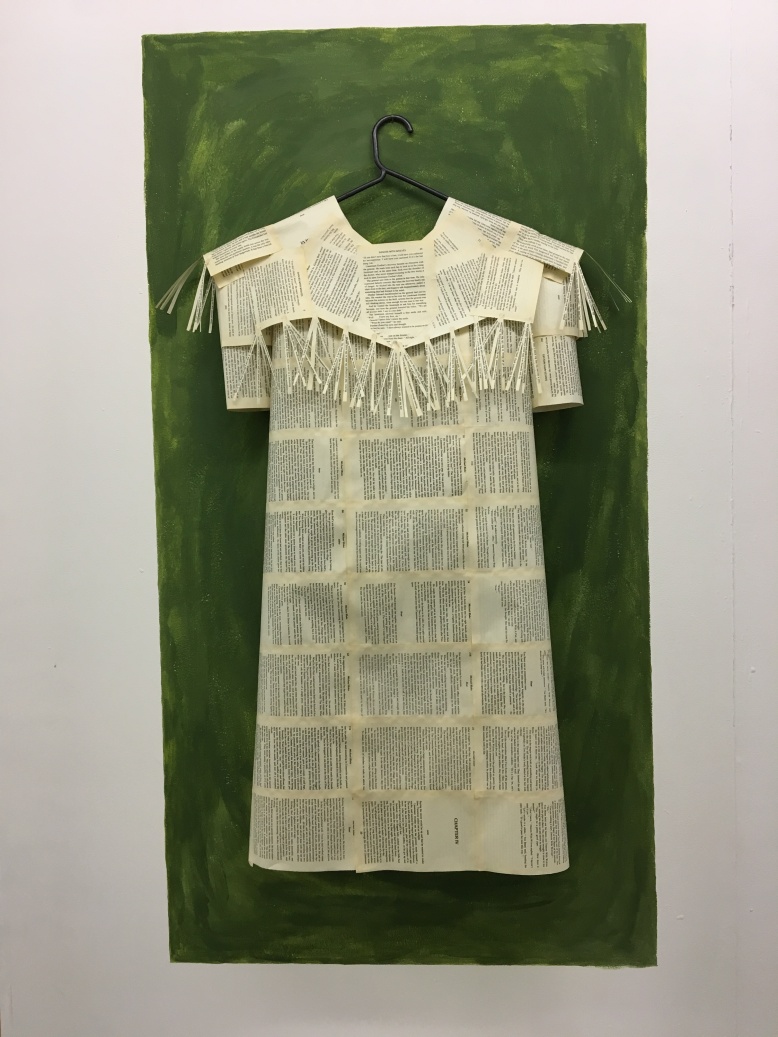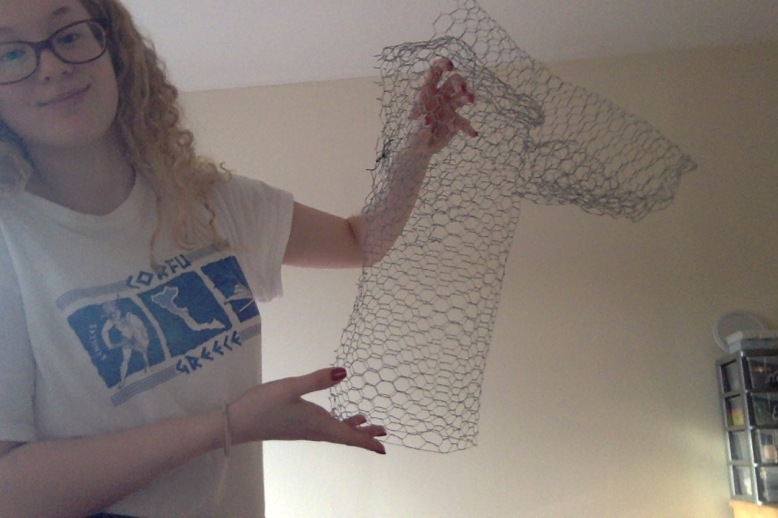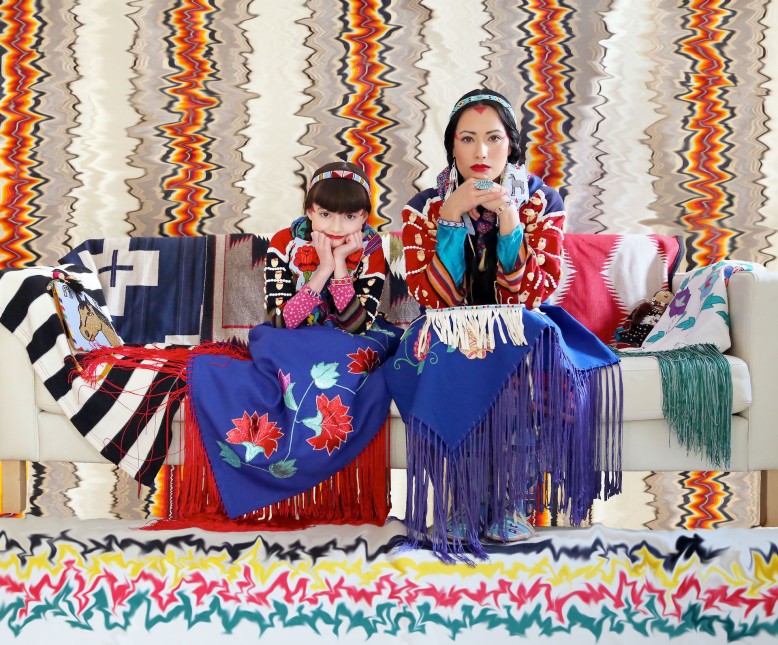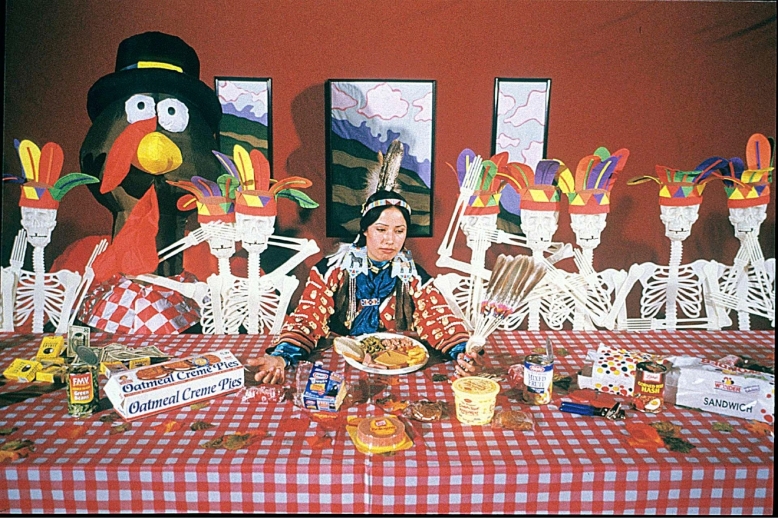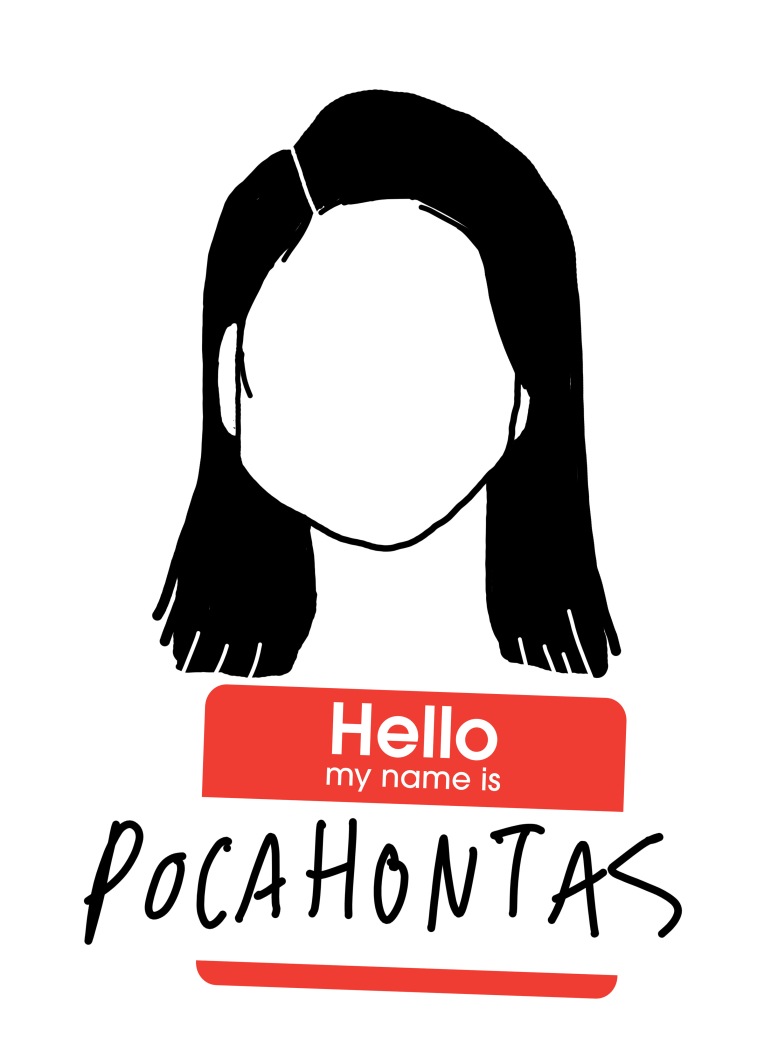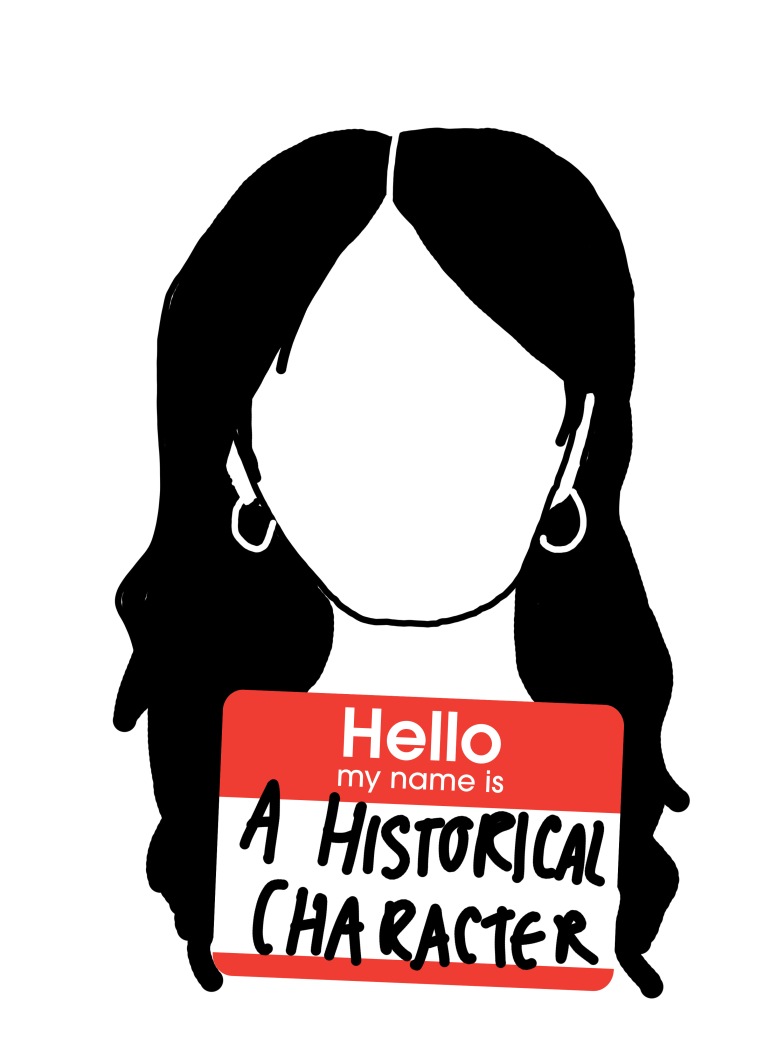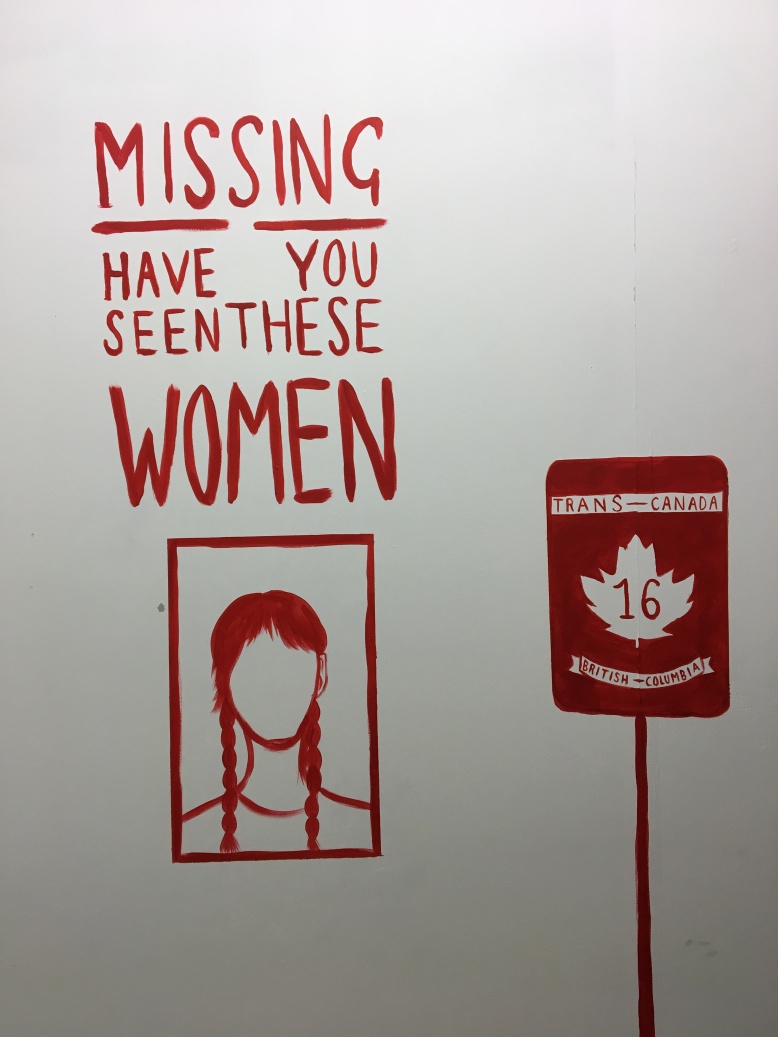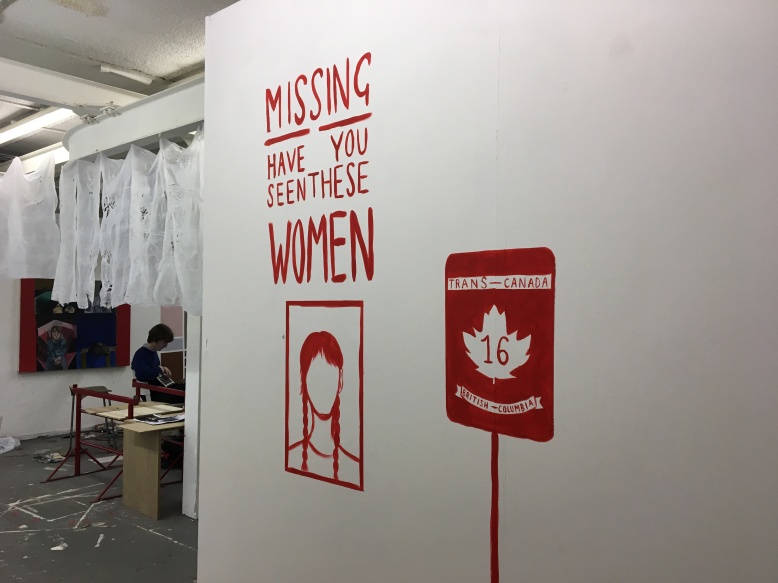On thursday I was upset to find my structure on the ground and 2 of the poles snapped. I figured this was because it had been very stormy and windy on Wednesday, also the spot in the front of the department close to the road was not well protected from winds.
I moved my tipi much closer to the building to shelter it and rebuilt using the remaining 8 poles. Luckily it was ok!
I unrolled the fabric and was surprised to find that it went on easily compared to before. The lack of wind made it easy to pin up. However I realised that the design I had cut on the fabric was a little too small. However, I worked around this and sewed the door shut and made a new entrance hole from this. I also tied each pole to the canvas with string for extra support and to stop the fabric from getting caught in the wind. I think that it still looks good despite my blunder, and it feels much stronger than my previous structure.
I believe that it will not fall down before the examinations are over.
I left Thursday night with a little paint on and the structure securely shoved into the ground. When I came back friday morning it was still fine and I began to paint it with black acrylic. The scenes and quotes are all from the movie, Smoke Signals, 1998, directed by Chris Eyre.
Friday morning found me finishing all the painting and creating a little fire pit (just for a little extra feel inside – not to be used for health and safety reasons!!). I decided to paint quotes from one of the funniest and most bittersweet moments of the film which is when Viktor and Thomas are on tthe coach to Phoenix and they get their seats stolen by some old white cowboyesque men. Viktor teaches Thomas that “if you’re not mean the white men won’t respect you” “you gotta look stoic” (in reference to the Edward Curtis image of NA) “you have to look like you just got back from killing a buffalo”.
Thomas naively replies that their tribe were fishermen, which exasperates his friend, “you wanna look like you just got back from killing a fish? This isn’t dances with salmon you know!” I thought the comedy and sad truth in this interaction fitted well with the overall message I’m trying to convey.
I also included the song they sing on the bus to strengthen their bond after their little fight, about how in all of John Wayne’s movies, you never saw his teeth.
“John Wayne’s teeth hey-ya John Wayne’s teeth! Are they fake or are they real? Are they plastic are they steel? Hey-ya he-ya”
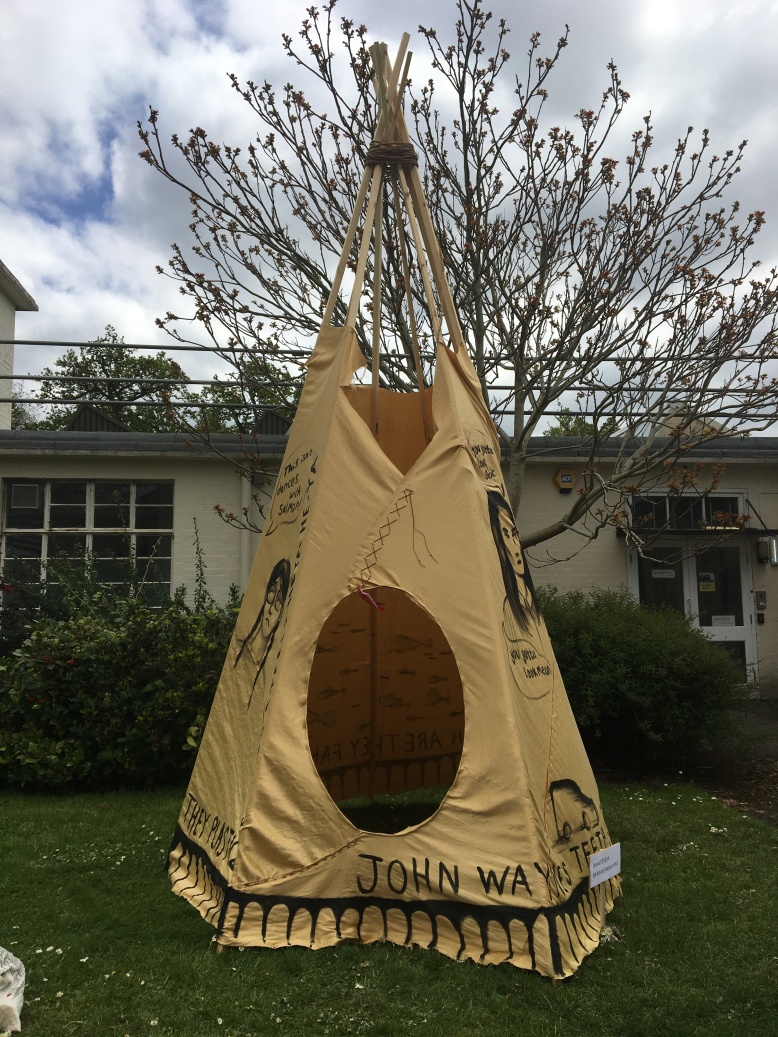
The finished piece
Overall after completion of this piece, I am happy and satisfied that I have done my best and challenged myself like no other art work I’ve made before. Usually I stick to the safety of painting, but I’m happy that this time I pushed myself.
I believe this work to be a successful critique and answer to a lot of the problems stemming from Hollywood in regards to Native American representation and stereotyping. The film set fabric and tipi serve as a canvas for a revisonist and NA produced film which addresses these problems in a way that is both funny and real. I hope that the audience interpret it the same way, even if they have not seen the film, the message comes across.


































































